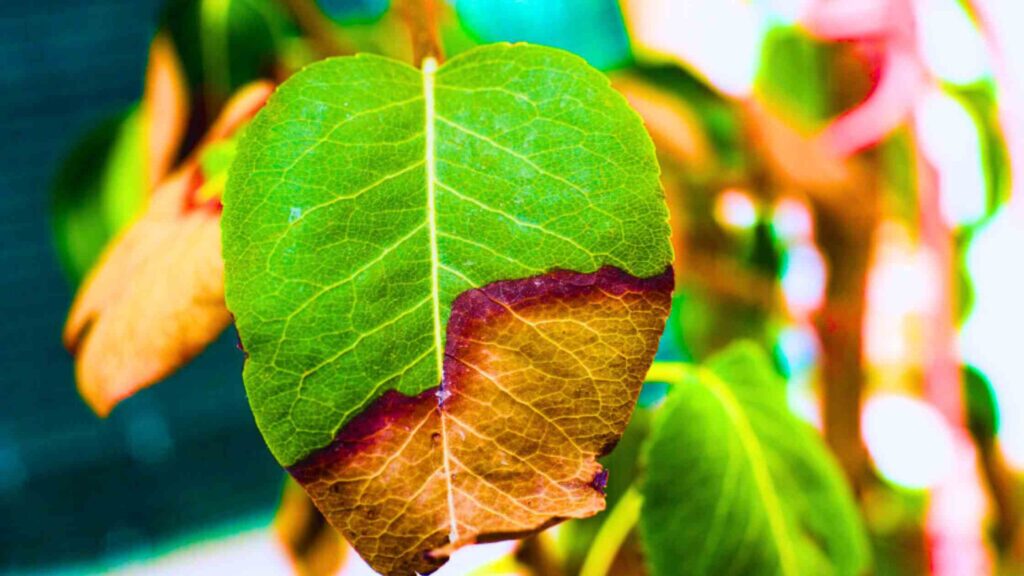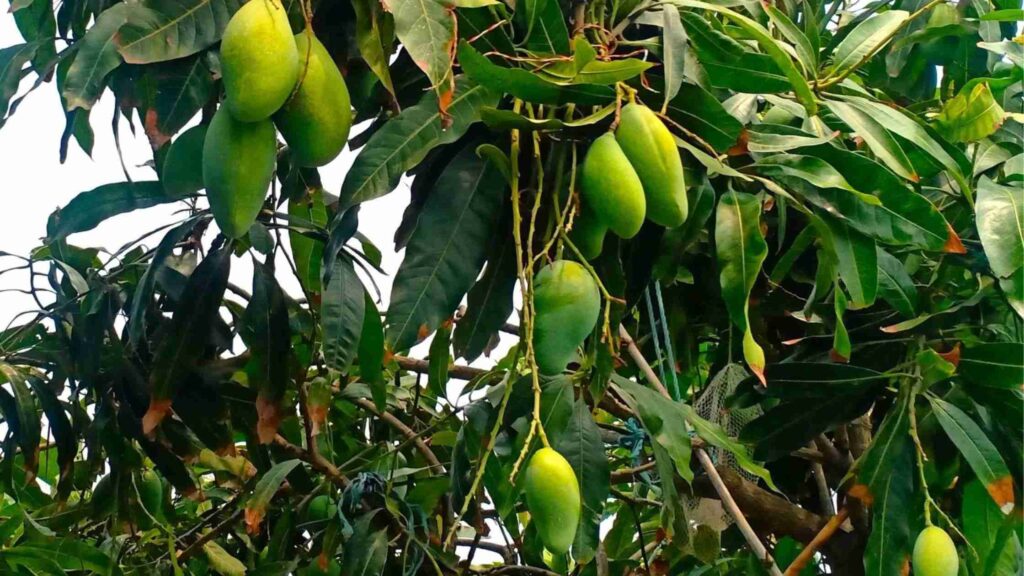Sometimes your plant suddenly starts to degrade and you cannot understand why. You can save your dying plant if you know the right method. Firstly, we look into how to tell if a plant is dead or alive, and secondly how to save dying plant that is how to recover or save an almost dead plant or a dying plant with a scientific basis.
Signs and Symptoms of Plant Dead or Alive
First, we will examine the important signs and symptoms to determine whether a plant is dead or alive. If it’s alive, we’ll assess how critical its condition is and whether revival is possible. In conclusion, we’ll explore hacks to save a dying plant.
Is my plant dead? It’s a straightforward question, but the truth is that determining whether a plant is truly dead can sometimes be difficult. Plants don’t have vital signs like a heartbeat or respiratory movements, making it challenging to tell if they are alive or dead. Instead, you have to rely on subtle clues or signs.
1. Lost Leaves or Dry and Brown Leaves

The first Sign is your plant should have lost all of its leaves or the leaves have all gone Brown and dry but wait do not panic. we will go on checking the next vitals of the plant.
2. Check the Stems
If the plant is living, its stems should be solid and flexible with a green center inside. Scratch the stem to verify. It’s still alive if it’s green and juicy. To ascertain the state of the stem, you will need to search for other indicators if it is brittle or mushy.
3. Check the Roots for the Stem
Not brittle, but robust and flexible roots are what you want. Should the stems and roots exhibit brittleness or mushiness, the plant is dead, and attempting to revive it is not worth the effort.
4. Does it Make Sense to Save the Plant?
Is it worth saving the plant? is another thing to think about. Deciding to put in the work necessary to bring the plant back to health is the next stage. Remember that the plant can appear completely hopeless for weeks, months, or even years at a time, no matter how hard you try. Consider whether it will be worth your time and effort to save the plant, or whether you can purchase a reasonably priced, similarly healthy plant at your neighborhood nursery or retail outlet. The plant is worth conserving if it holds sentimental significance or is difficult to find; otherwise, it would be preferable to let it go.
5. Plant Reviving Hacks
When only the roots remain living, what should be done? You will be hoping that the plant grows back from the roots if the stems are dead but the roots are still strong. Remove the dead stems by scratching, determining whether they are alive or not, and assessing how pliable they are. The sections of the stem that are closest to the roots may occasionally still be alive. Try to leave as much of the living stem above the roots as you can if you do find one.
6. Put a Solution of Hydrogen Peroxide Over the Roots.

If you locate a live stem, leave the top two inches of the stem exposed. I’m going to apply two hacks to this plant immediately. First, soak the roots for a few hours in a hydrogen peroxide solution. I’ll provide the exact concentration of the solution shortly. Hydrogen peroxide (H₂O₂) has an extra oxygen atom compared to water (H₂O), making it excellent for plants. Soaking them in a hydrogen peroxide solution mimics the natural substance found in raindrops. The concentration for the solution is one-part hydrogen peroxide to thirty parts water.
7. Repot the Poor Plant
Then replant this poor plant in good, well-draining regular potting soil or the mix you usually use for your plants. The second hack is to ensure you water this plant only after checking the soil surface for dryness.
8. Watering with Epsom Salt Solution

Two tablespoons of Epsom salt and 500 milliliters of water must be combined. Epson salt contains hydrated magnesium sulfate, which strengthens plant cell walls and makes it easier for roots to take up nutrients from the soil.
9. Few More Things We Should Follow:
Put the plant in a location where it will receive approximately half as much sun as is often advised for that kind of plant. Water the soil only after it feels completely dry. In one or two months, new stems should emerge from the area surrounding the surviving stem if the plant is recuperating. If not, you might administer its final rites and pronounce it dead.



